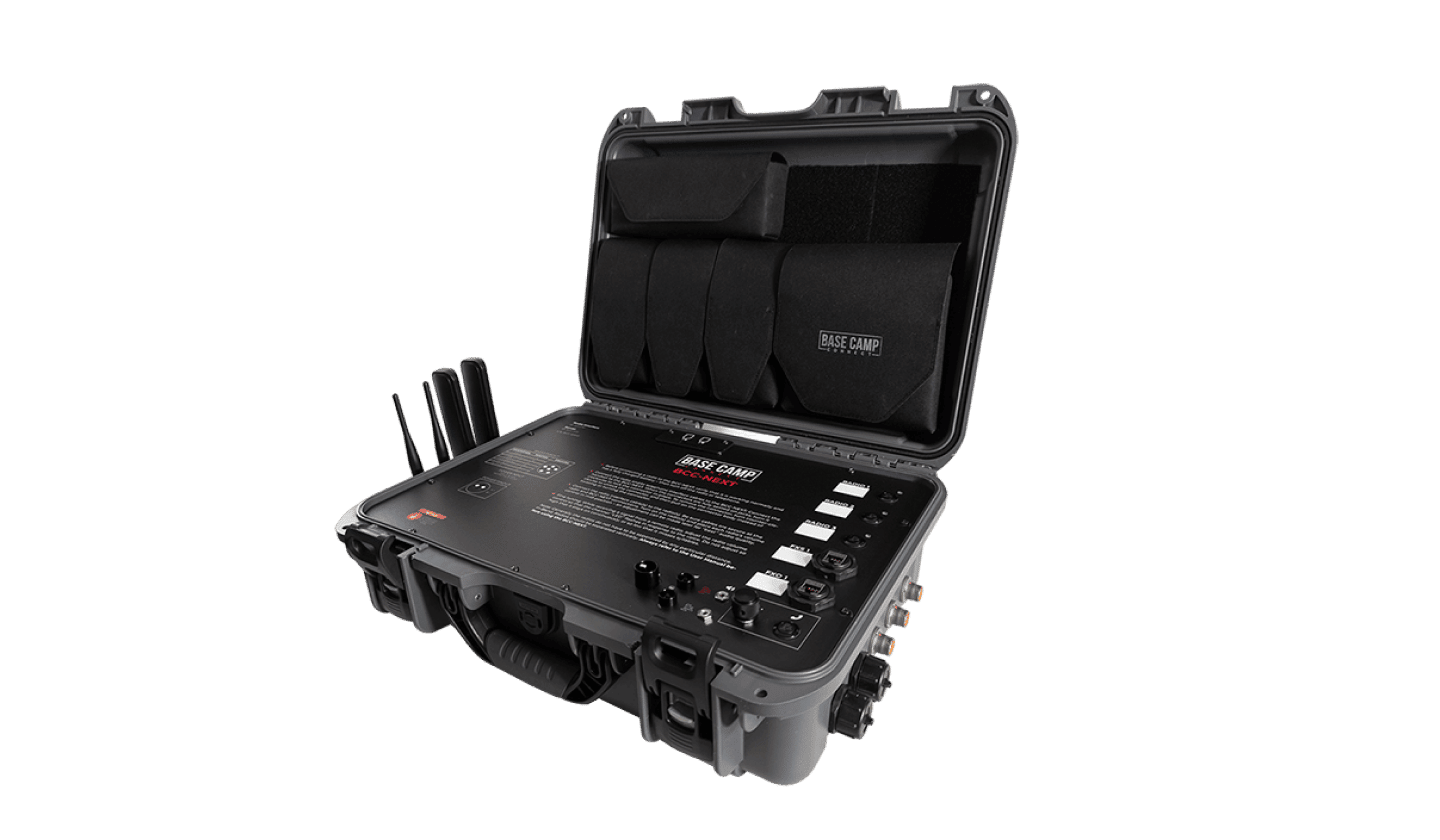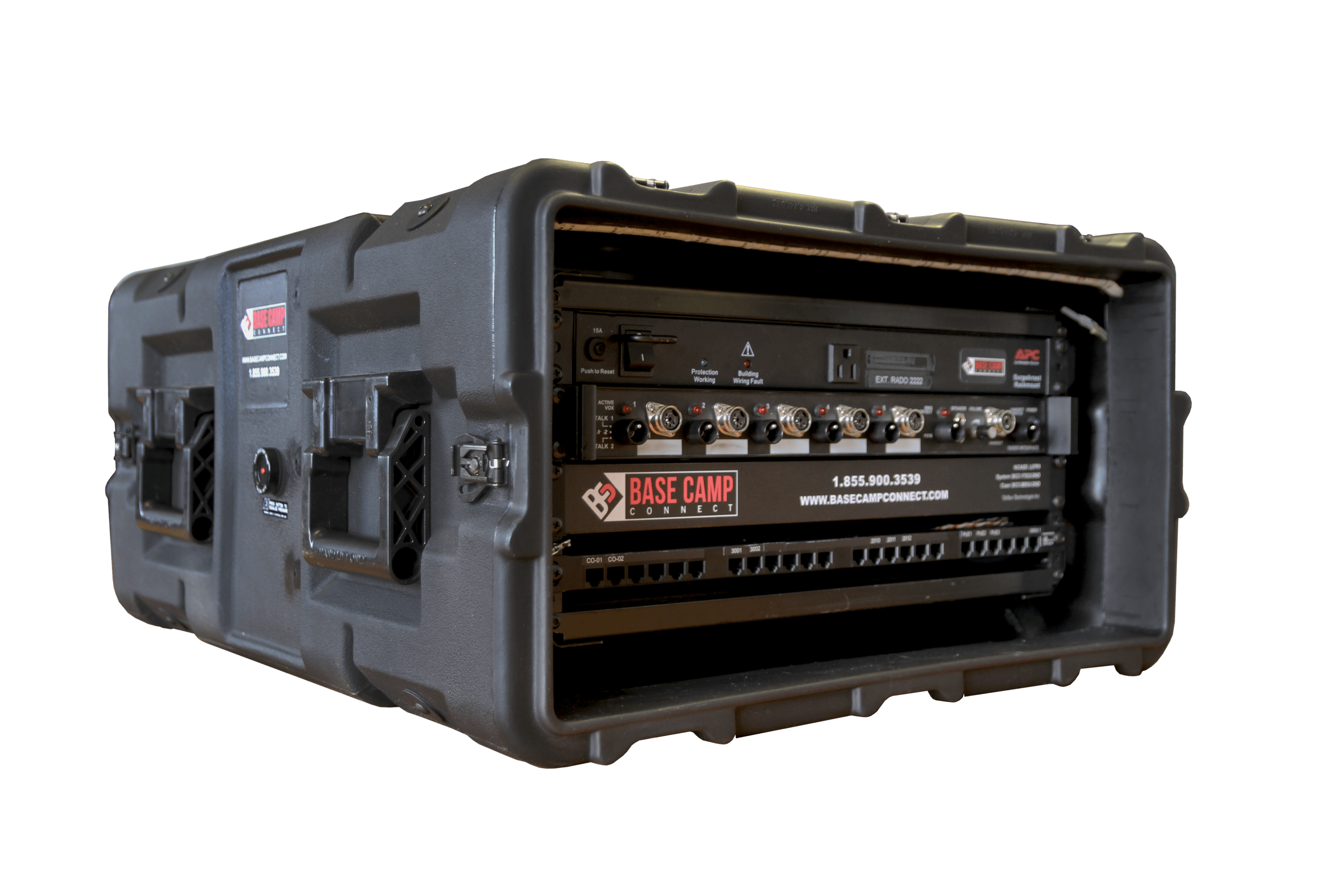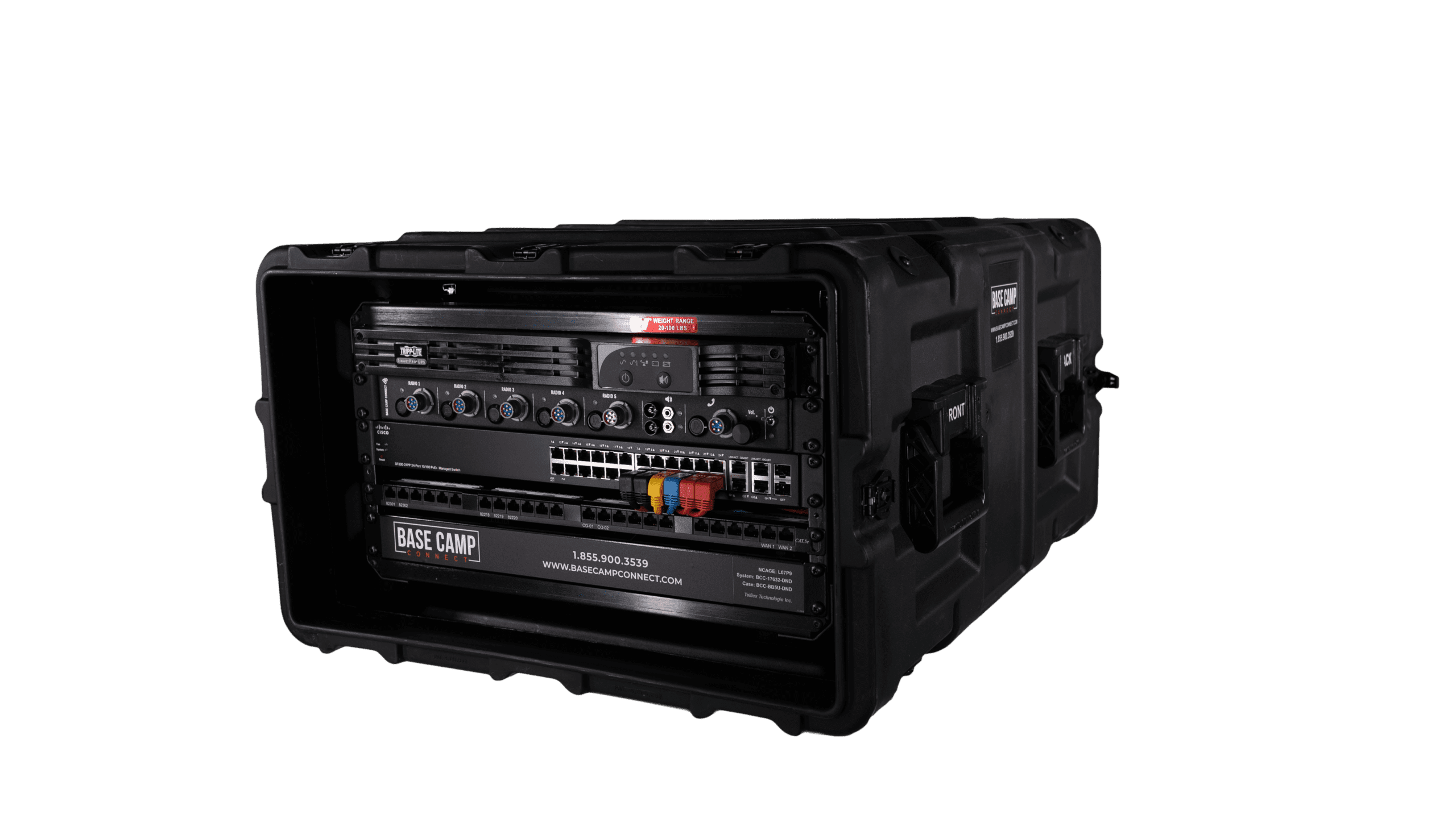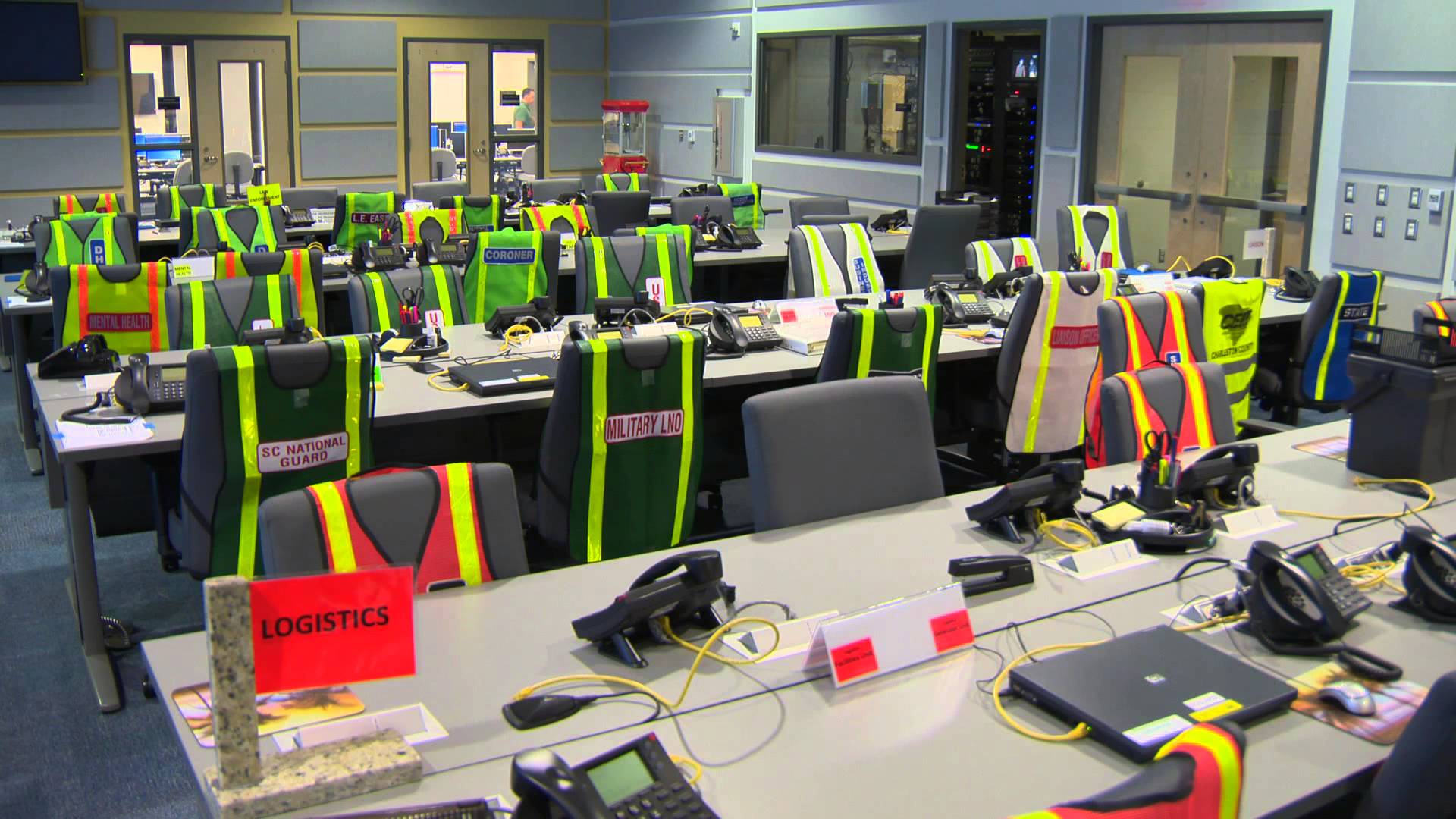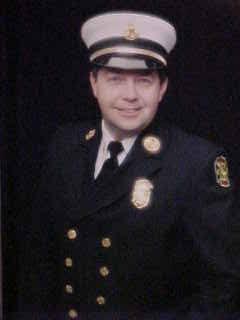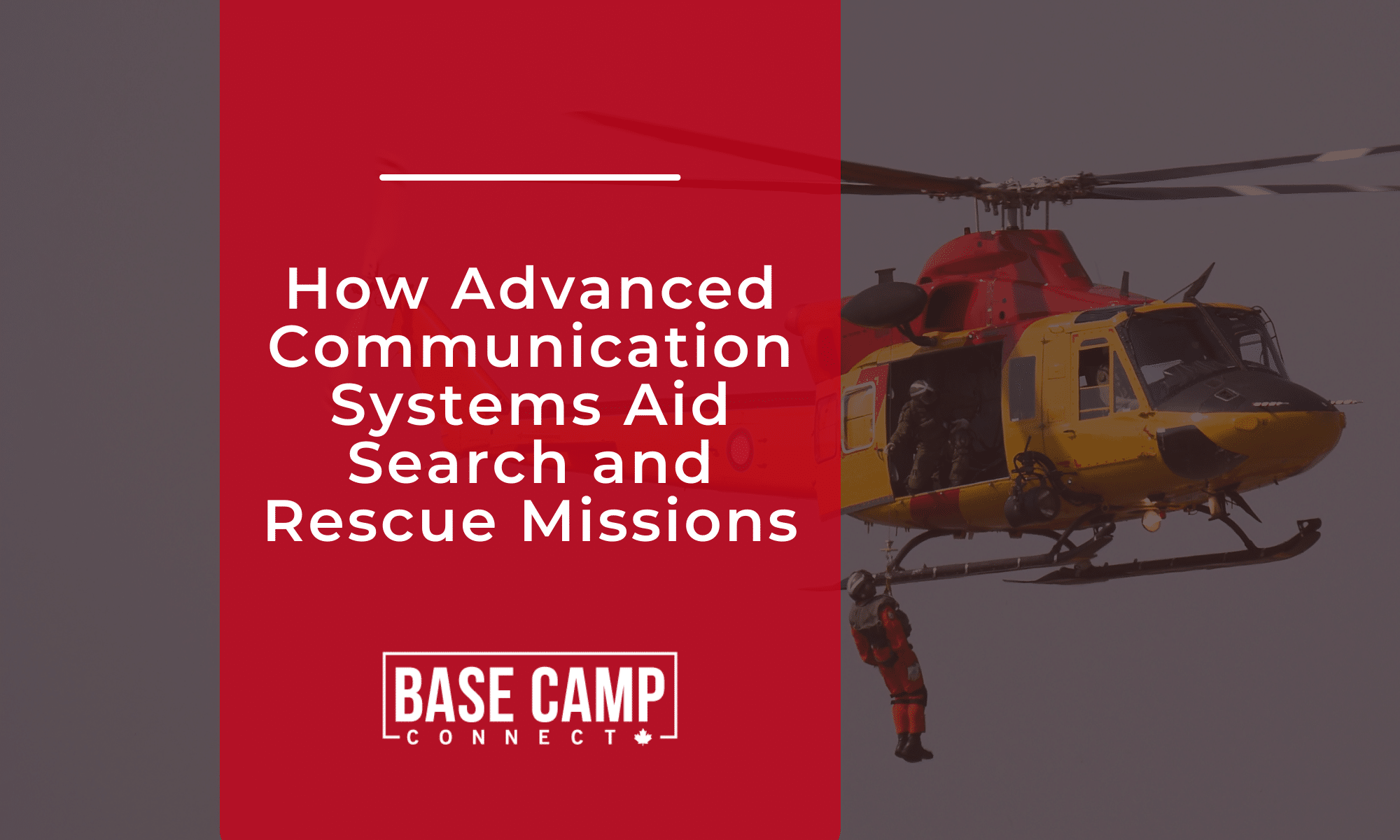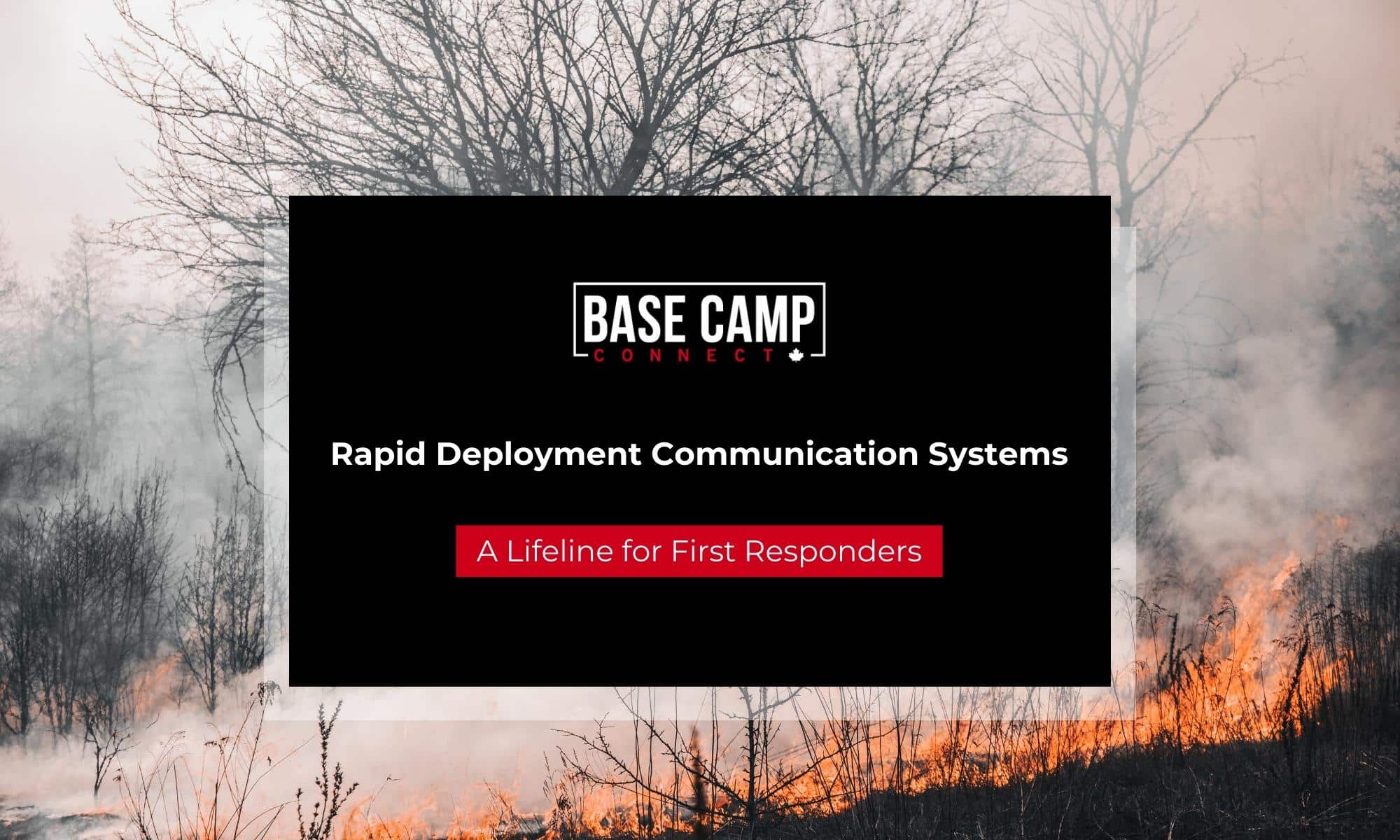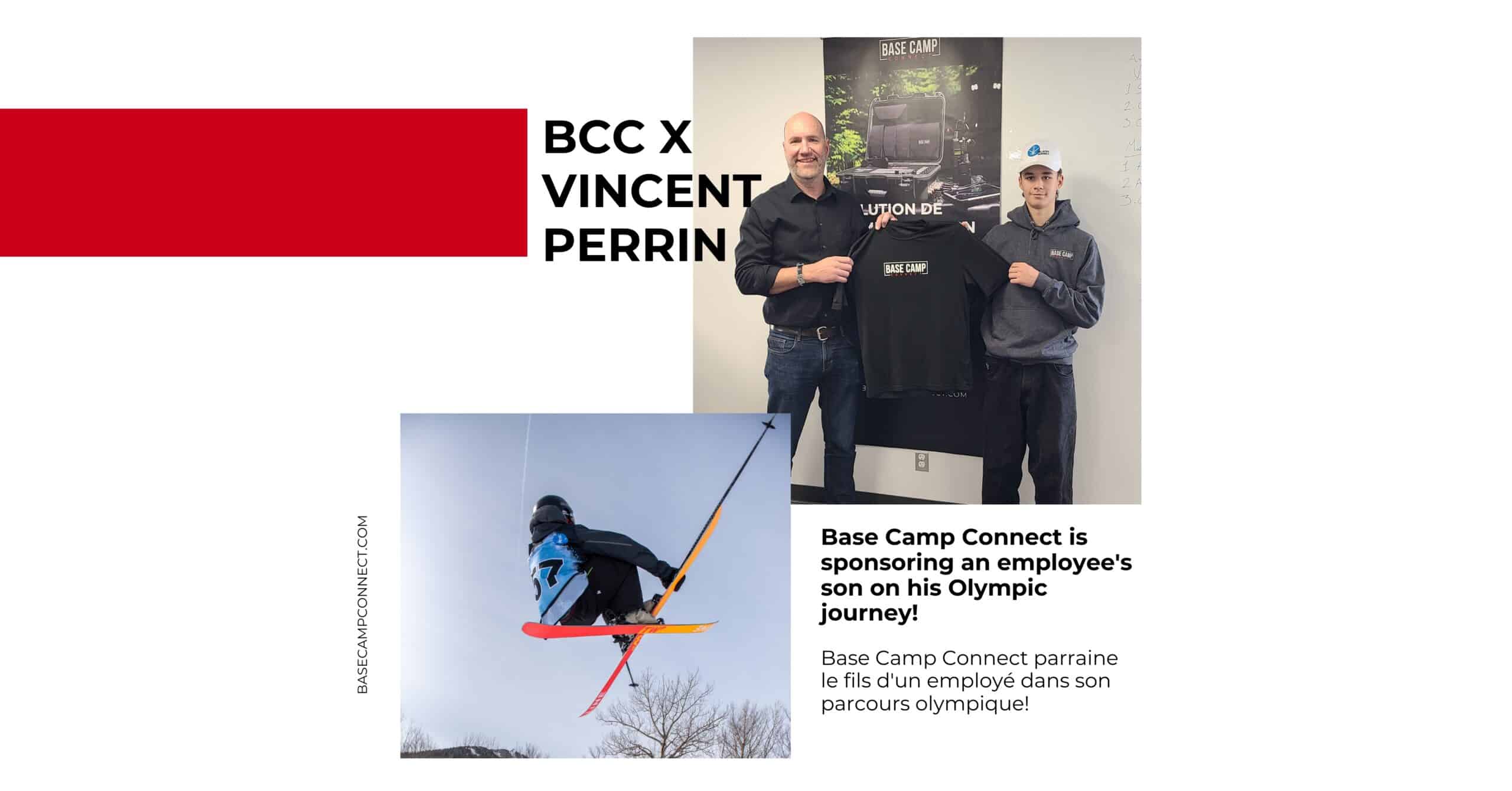One of the biggest challenges faced by an incident commander during a large-scale event is going to be communications. The large-scale incidents will bring together many of your mutual aid partners along with other local, county, state and federal agencies. It is neither necessary nor practical to be able to have all these agencies on a common communications frequency but the ability for everyone to share information is very important. The incident commander may not want all these agencies setting up camp at the incident and may be better coordinated with them operating out of the local EOC. At the EOC much of the communications between agencies can be done face to face or during small group meetings to share information and coordinate planning for the future of the operations.
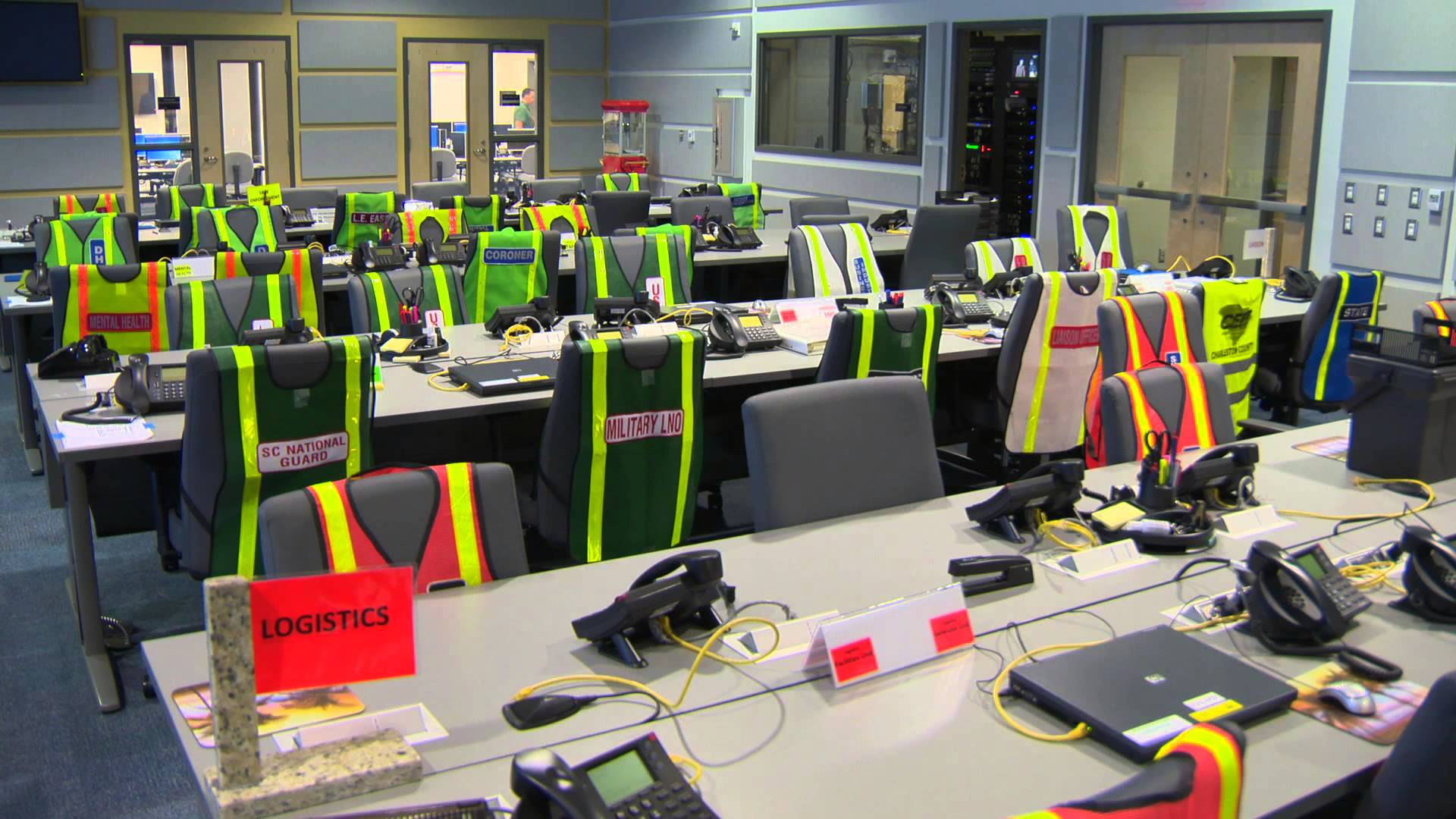
Planned events like we have seen in the past few weeks with the two national political conferences brought together resources from all across the country to assist with the security and safety measures and communications was needed for units that were deployed in boats, helicopters, on horseback, motorcycles and on foot. There were many tactical units from state police agencies brought in to assist and they appeared to have communications equipment that allowed them to communicate to each other on a talk-around frequency but a plan had to be developed as to how they were going to be able to talk to the incident commanders. There are ways to be able to patch together radio frequencies on to one common operations frequency interconnecting them into user groups in a matter of minutes. Having the right equipment and the people that know how to use will make a big difference in the success of the overall operation. One of the first things that an agency has to look at in planning its communications needs is what method of communications we are going to use and what information are we going to share.
When we look at voice communications are we going to use radios, landlines, cellular or satellite as methods of keeping in touch with units in the field. What equipment do we have available at communications center and our EOC as well as the mobile command posts to send and receive these communications. If we are looking to handle the transfer of data information between the field and the EOC we need to see what methods are available and provide a safe and secure way to send this information back and forth. Do we have the ability to use LTE, WiFi, Fiber, Satellite, DSL and Mesh/Microwave over wireless or cable internet access to multiple agencies? We need to think outside the box as far as what services are available to use with these communications tools; like sending video images from a camera on a helicopter or on a telescoping pole on top of the command post that can now send live video links back to the EOC so they can see the operation first hand.
Many large cities have a war room that is filled with video monitors from multiple camera locations and the operators can pick a camera and use it to zoom in or pan around area and the feeds are recorded for review or evidence later. As I talked about in my article about command posts and the communications equipment you can install in them it all comes down to need and money.
There are a lot of pieces of equipment out there that we would love to have as a part of our resource list and we have to take a serious look at what do we really need, what can we really afford and what will get the job done. Where are we going to need to place this equipment so that it will work the best, do we install it in the EOC, Communications Center, in the Incident commanders car or a mobile command post. Take the time and talk with your command staff to see what they think will be the best solution, talk with the equipment vendors to see what will work in your area and where do they recommend the equipment be installed and also talk with your mutual aid partners. Your mutual aid partners will bring to the conversation what their needs are, what equipment they are using presently and how it can be connected into your system. If you are a fire service organization your mutual aid partners are not just the surrounding fire department, they are your police departments – local, county, state and federal officers that will be invited to attend your event as well as the EMS services and hospitals.
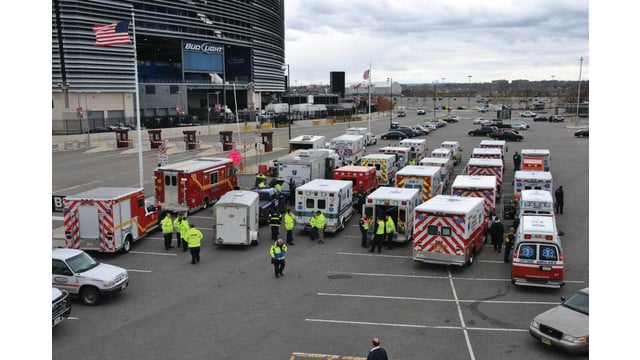
It will take time to research the various types of equipment that are available for you to purchase that will provide you with the solutions you are looking for. Where this issue is obviously a communications issue that affects more than one agency then I would recommend talking with those agencies about the communications problems and to see how you can as a group address the issues and possibly tackle them as a group. Many of the grant funding agencies look at the proposals more favorably if it one that is addressing a regional problem instead of an individual problem. Having a communication committee made up of membership from the regional agencies and looking at present equipment and planning for future purchase to bring all of the members on to a common operational framework that will make communications smoother and scalable to events.
If you read the Fire Fighter Fatality reports from NIOSH you will see some common threads that are repeated of which training and communications are seen often. Here is one such quote from a report:
“One of the most significant problems facing firefighters within a structure on the fire ground is the ability to communicate reliably between the firefighters themselves and between the firefighters and the command post or communications center. In an ideal world, firefighters would be able to communicate with one another and the command post at all times, regardless of where they are or what they are doing. However, this is not the case. Over the past decade, incidents involving firefighter injuries and fatalities have demonstrated that, despite technological advances in two-way radio communications, important information is not always adequately communicated on the fire ground or emergency incident scene.” Tridata report to NIOSH September 2003
Thank you and Be Safe!!


